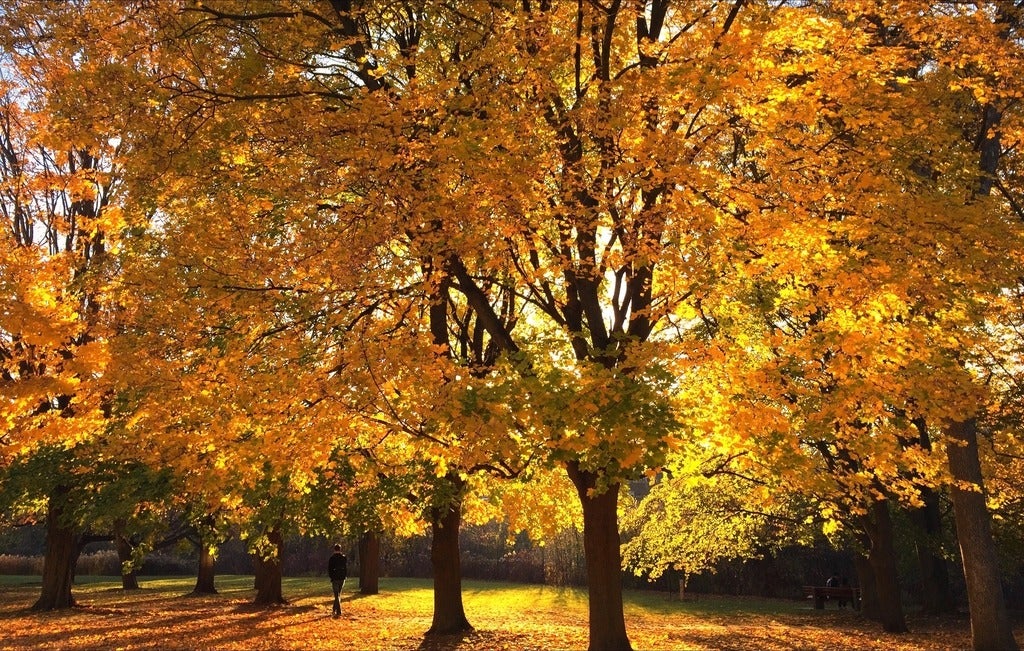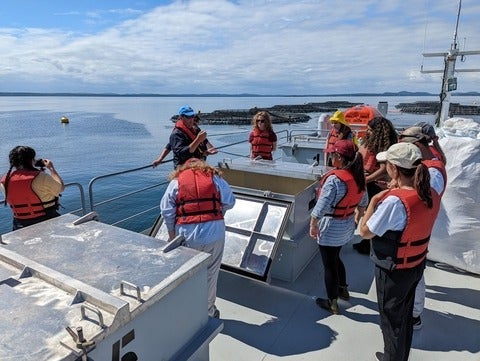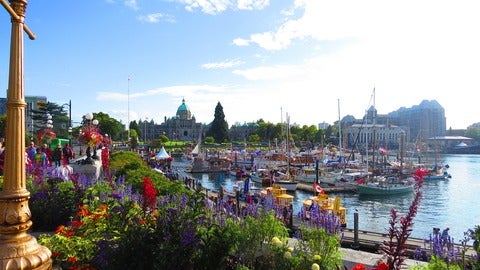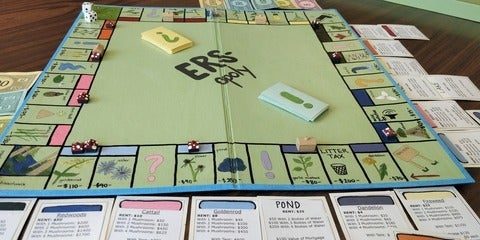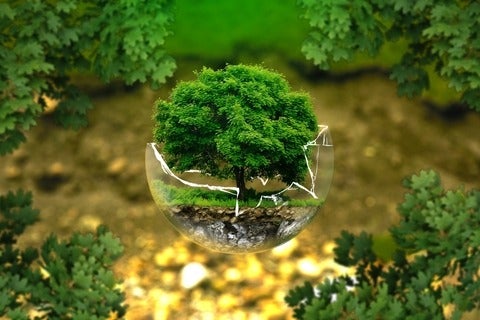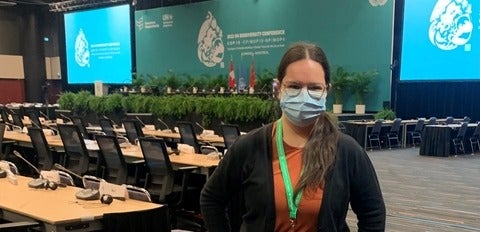Reflections from an upper year SERS student
Fourth year honours co-op student Ishani Dasgupta reflects on students in Environment, Resources and Sustainability - the values, lessons learned and she provides a window into her experiences in the program.
